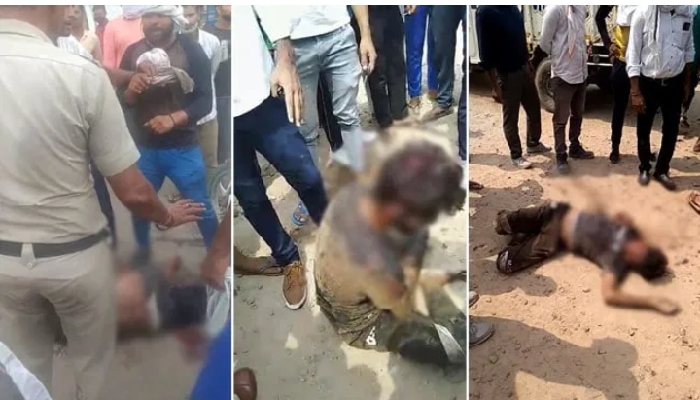
New Delhi, July 2: Facebook developed an experimental feature called “Dark Profiles” which would give secret accounts to people who did not even sign up, a new book by a former employee of the social networking site has claimed.
Engineers wanted to create shadow pages for those who were tagged in photos by their friends in the hope they would cave-in and join the social networking website, Katherine Losse, the author of “The Boy Kings: A Journey into the Heart of the Social Network,” said.
Nobody at Facebook “even flinched” when staff raised this disturbing new twist as they were so blinded by their mission to take over the world.
The book also claimed that in 2007 Facebook technicians worked on a programme called “Judgebox,” which would let users compare and rate women in echoes of founder Mark Zuckerberg's sexist “Facemash” app he developed at Harvard.
It confirms for the first time that Facebook staff have a programme called “Facebook Stalker” which lets them track who has been visiting their profiles, the Daily Mail reported. And in the early days of the social networking website, employees were given the “master” password with no security checks at all and allowed to do as they pleased.
These claims have been made in the new book by Losse who worked for Facebook between 2005 and 2010 and worked her way up from customer relations to be the speechwriter for its founder Mark Zuckerberg.
She claimed that in autumn 2006 everyone at the company was “so convinced that Facebook was something that everyone should have that when the product team created an experimental feature called dark profiles in 2006, nobody even flinched.”
People can be tagged in Facebook photos even if they do not have a profile, and the idea was to create a “dark” version which could apparently be activated if they finally signed up. “It reminds me now of the way members of the Mormon church convert dead people, following the logic that if they had know about Mormonism when they were alive they would have been believers,” Losse wrote.
The claims come at a difficult time for Facebook, it recently sparked yet another backlash after being caught out trying to force its 900 million users to adopt its own email service. It was accused of “hijacking” users' contact details and deleting their personal email addresses without asking them.





Comments
Add new comment